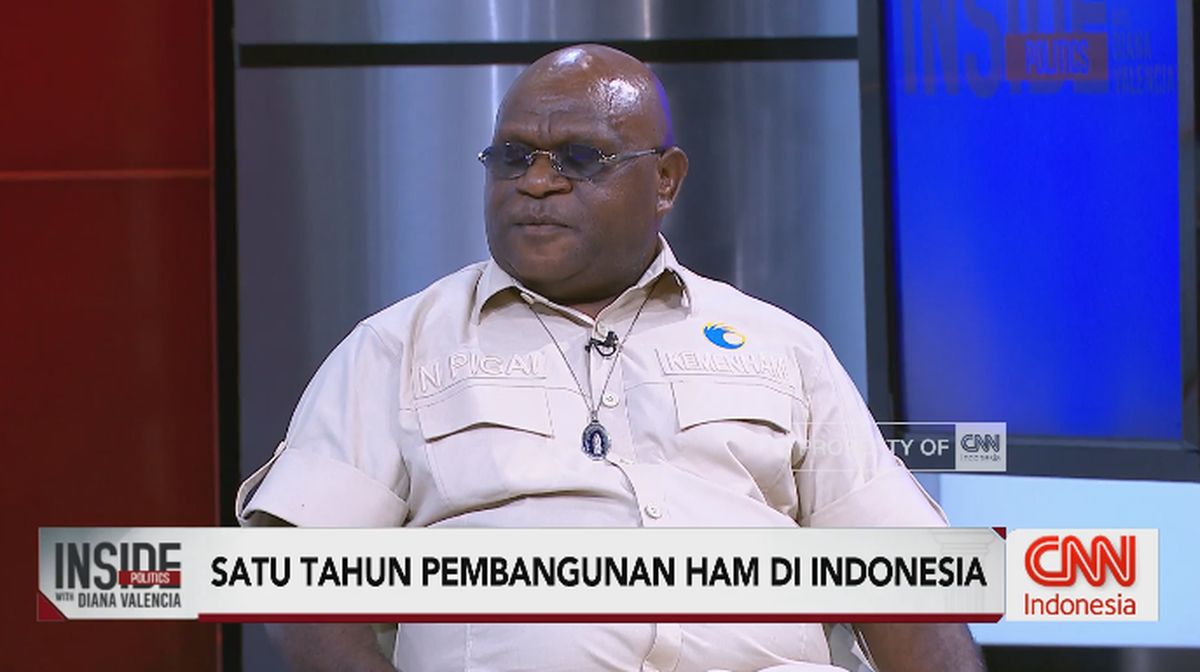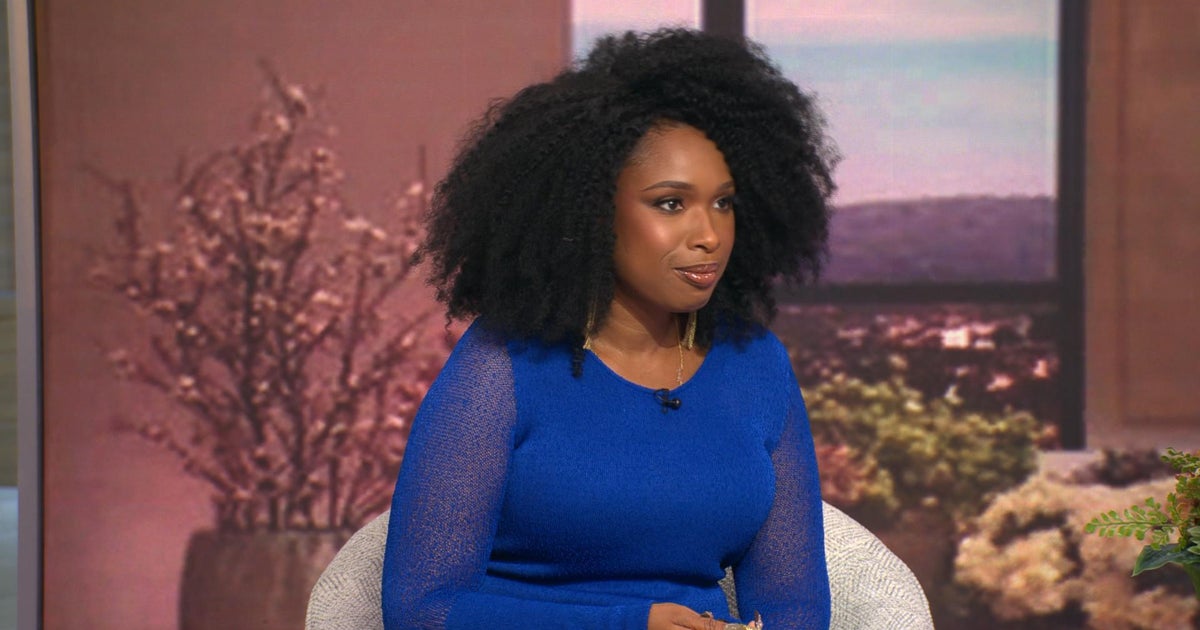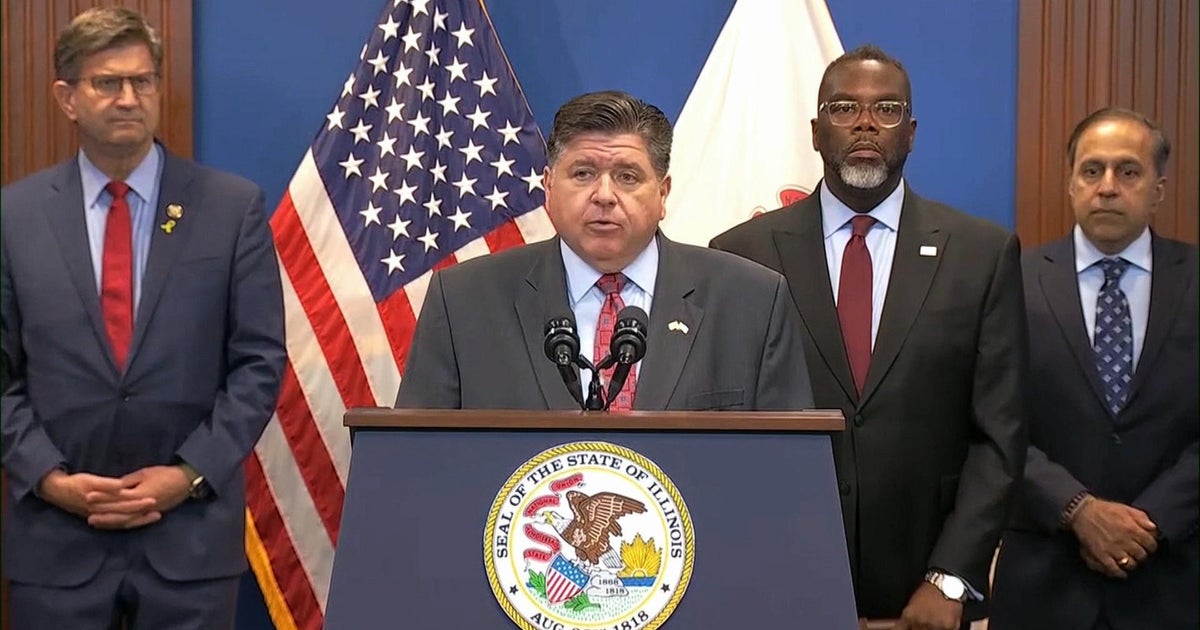The new first home buyers scheme is to help people like me. But there’s one major flaw
Opinion
October 2, 2025 — 12.00pm
October 2, 2025 — 12.00pm
The Albanese government’s decision to universalise its 5 per cent deposit guarantee has been sold as a fix for a generation locked out of homeownership. The scheme alleviates first home buyers’ biggest hurdles: saving for a deposit and “tens of thousands of dollars” in mortgage insurance.

Auctioneer Jason Keen at 101 Wellington Road, East Lindfield, last month. Credit: Sitthixay Ditthavong
It sounds like a great idea, but for the fact that it’s not means tested. Anyone buying their first home – or being helped by the bank of Mum and Dad to buy their first home, regardless of their income or family wealth – can now access the guarantee.
According to Treasury figures cited by Prime Minister Anthony Albanese, a first home buyer purchasing a median-priced property worth $844,000 will need just $42,200 as a 5 per cent deposit. In 2002, $42,200 was a 20 per cent deposit on a median home and Ansett was still running commercial flights from Perth to Sydney.
As of today, a first home buyer in Sydney (median house price $1.7m as of July 2025) can buy a $1 million home with a $50,000 deposit. The government expects first home buyers using the scheme to collectively save $1.5 billion in insurance costs in its first year.
Buying a home in this country has increasingly become a test of familial wealth. The bank of Mum and Dad already backs a sizeable proportion of first home purchases, gifting cash without any obligation of repayment. Research conducted by The Conversation this year found that 44 per cent of parents whose children bought a home more than a decade ago had provided financial help – a figure that has since risen to 58 per cent among those who assisted their children within the past five years.
Loading
While immediate benefits on offer under the new scheme are huge, there is no good reason for wealthy families to not seize them. Without means-testing, those locked out of the market will only continue to compete with other people’s parents.
In 2010, I moved to Canberra to study. I was 18, living off campus in student housing, and working a few nights a week at a hotel. A few of my mates took jobs working in the kitchens at exclusive on-campus residential colleges, feeding and cleaning up after students I was making friends with in Torts. Students from expensive high schools like the one I’d gone to. Students who were, in surprising numbers, somehow receiving Centrelink payments. I attended a dinner in which it was considered a shame that I had never been in a helicopter, by students on Centrelink.
Financially literate, high-income parents were exploiting loopholes like the income self-support test. Students who would otherwise have been means tested out of receiving significant government support could declare themselves as “independent” by having earned an income beyond a threshold of about $20,000. It’s very easy to meet that threshold when Mum or Dad can put you on their own books.
Schemes designed to help the disadvantaged can quickly become vehicles for those with the means (and the accountants) to exploit them. The new deposit guarantee risks following that pattern.
Loading
Housing Minister Clare O’Neil says it’s “just not right that an entire generation has been locked out of the housing market, saving for decades while paying off someone else’s mortgage.” She’s right. It isn’t.
But a universal guarantee risks supercharging the buying power of those already near the front of the queue. There is no question that prices are going to climb – the only metric in contention is by how much. Treasury cites half a per cent rise over six years, while the Insurance Council warns of an up to 10 per cent rise within 12 months.
Listening to O’Neil on ABC Radio this week brush off concerns that wealthy Australians wouldn’t need to use this scheme not only misses the point. It evades dealing with the entrenching of an old problem.
When retail outlets, gyms, and subscription services offer sales, it’s not to increase community access to sportswear, treadmills, and all five seasons of Boston Legal. It’s to encourage an uptake in sales. To move product.
Having not limited this scheme to buyers who need it, we risk preserving the intergenerational wealth divide instead of mitigating its potential to snowball.
It’s comforting to imagine that people with money will decline a subsidy because they don’t “need” it. But this has not been my experience of how things work.
Families will do what families do, securing every advantage that they can. While policy should account for this, this one buries its head in the sand.
Joshua Dabelstein is a freelance writer.
Most Viewed in National
Loading


















































